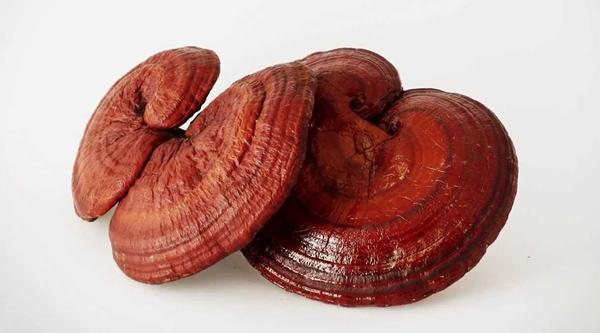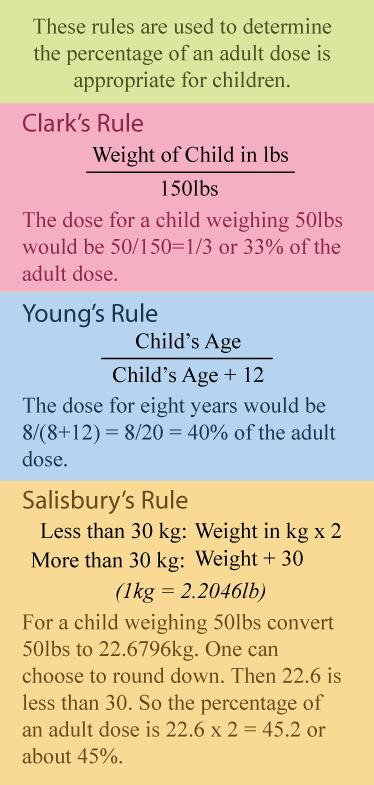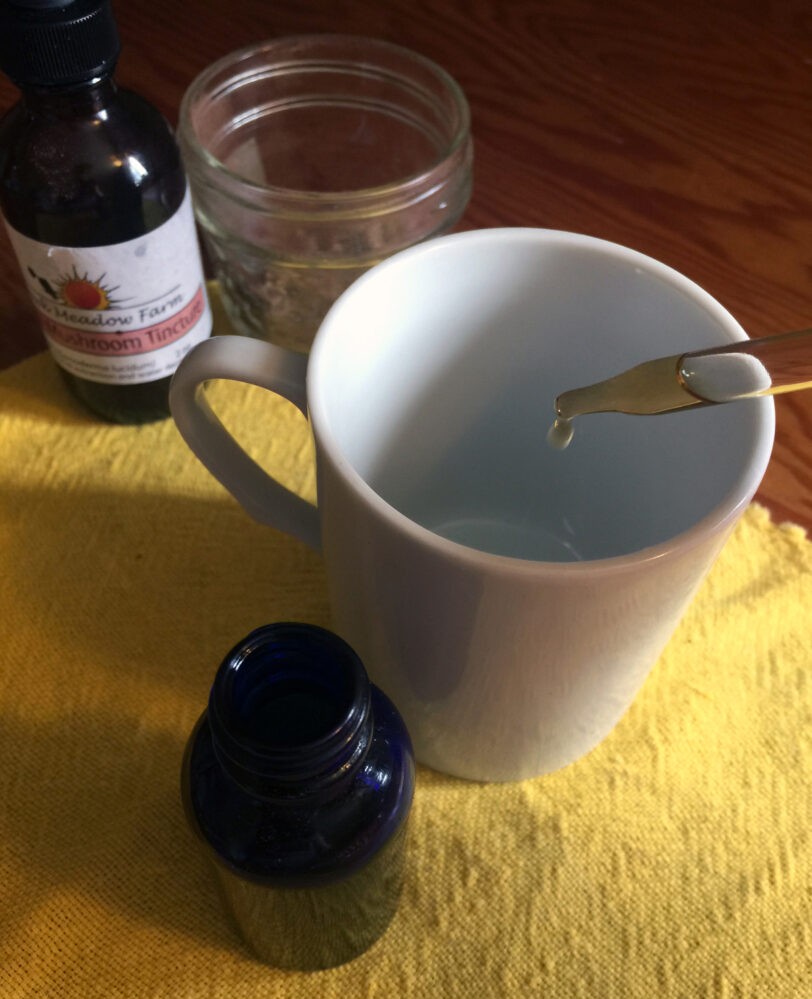When considering bolstering and supporting a child’s immune system with herbs the most prevalent concerns seem to be safety, efficacy (will the herbs even work for intended use?), and effectiveness (will the herbs work at all?). As a lot of readers know, many folk medicine and herbalist remedies have been used for a long time but are not necessarily supported with scientific documentation. The purpose of the piece is to cover some herbs with immune action that are found to be generally safe and offer a few guidelines on determining doses for children.
Many herbalists recommend children under 6 months should not be given herbs as their digestive systems are sensitive and immature. Instead, mothers could take a full dose of an herb in hopes of passing the medicine through her breastmilk. In some cases, very weak teas have been given but one should consult with an appropriate physician. If there are ever any signs of discomfort or reaction, herbs should be discontinued immediately.
Some Age-Old Immune System Herbs
Sources for herb information: Herbal Antibiotics by Stephen Buhner, The Ancient Wisdom of the Chinese Tonic Herbs by Ron Teegaurden, and Ayurveda by Scott Gerson.
These herbs have been used in traditional herbalism and found to be safe over many years. As with all herbs, one should take care to determine the variety and quality of herb one is procuring. Adverse reactions and ineffectiveness could be the result of improper use and usage of the wrong herb.
Ashwaganda
Recently gaining popularity in the West, Ashwaganda has been found to reduce stress levels. As we know, stress disturbs good health. It can be used for stress or disease induced insomnia, fatigue, and inflammation among other things. It is considered an immune tonic. In Ayurveda, Ashwaganda is among herbs used to restore Ojas. Ojas is the ultimate vital energy, the life energy. Scott Gerson writes that ojas can be loosely compared to the fundamental energy of our immune systems. Ashwagandha could cause drowsiness. When taken in large doses diarrhea and vomiting have been reported.
Astragalus
Astragalus is an adaptogen, meaning it helps one to adapt. It is antibacterial, antiviral, and tonic. A tonic is a substance known to enhance overall functioning. Astragalus is known to strengthen, modulate, stimulate, and restore the immune system. It has been used historically in both Traditional Chinese Medicine and Ayurveda. Ron Teegaurden writes that Astragalus could be a tonic better suited for younger people than ginseng. It has no demonstrated toxicity from regular, daily use or large doses. It can cause flatulence for those sensitive to legumes since it is in the legume family.
Echinacea
You were probably expecting Echinacea to appear. There has been some recent dispute on its efficacy and effectiveness. Stephen Buhner advises that Echinacea purpurea, which is everywhere, in not very effective and instead suggests E. angustifolia. Buhner reports that echinacea is relatively useless in preventing colds but can be helpful at the onset of a cold or flu if used in large doses every half hour or hour[LW2] . It is good for raising immune function in active infections if taken internally in the right dosage. Germans consider the herb to be supportive. Buhner has found it to be more useful for younger people than for those middle aged. Echinacea is analgesic, antibacterial, anti-inflammatory, antiviral, and an immune modulator and stimulant (not a tonic!). One should not take large doses for a long time or use for repeated illness; in which case one should repair and recuperate the body.
Eleuthero aka Siberian Ginseng
Eleuthoro actions include adaptogen, adrenal tonic, antidepressant, antifatigue, antistressor, immune tonic, normalizer, and mental clarity stimulant. It is an extremely safe herb. There are reports of Russians using extremely large doses for 20 years with no ill side effects. Extreme overuse could case tension and insomnia. Those with very high blood pressure should take caution. Eleuthero is used in Traditional Chinese medicine to tonify vital energy (Qi and Jing). TeeGaurden writes that Siberian Ginseng has been shown to help build resistance to infectious disease, decrease likelihood of autoimmune reactions, increase work capacity, and reduce occurrences of influenza in groups who consume it regularly.

Reishi aka Ganoderma
Reishi, or ‘the mushroom of immortality’, has been found to be liver regenerative and protective, analgesic, antiallergenic, anti-inflammatory, antibacterial, antiviral, antioxidant, antistressor, antitumor, immunomodulant – among other things. In China and Japan it has been used for at least 4000 years. It is traditionally used as an antiaging herb and has a wide range of health benefits. People taking Reishi notice a sense of peacefulness and the effects appear to be cumulative. There are few cases of adverse reactions reported. Adverse reactions are known to stop once one stops using the herb. Those allergic to mushrooms should be careful.
Rhodiola
Rhodiola is used to treat brain fog, chronic fatigue syndrome, low immune function, nervous exhaustion and recurrent infections. It is an adaptogen, adrenal protecting, anticancer, antidepressant, antifatigue, antioxidant, antistressor; an endocrine tonic, immune tonic, and nervous system tonic. Rhodiolas have been used in Traditional Chinese Medicine, Ayurveda and Tibetan medicine. It appears to increase the body’s ability to respond to a any outside stressor including diseases. Some people experience some inability to relax with the herb, in which case one should not take the herb at night.
Dosages and Preparation
Alcohol can be evaporated from tinctures before giving herbs to children. Herbalist Linda Bates gives the following instructions.
- Put the herbal tincture in a glass container
- Put the glass container into a pan of cold water on the stove
- Bring the water to a boil and then turn off immediately
- Leave the herbal mix in hot water without a lid to let the alcohol evaporate.
One can repeat the process if necessary or there is 550ml or more of the original herbal tincture. Bates suggests dissolving high quality honey is clean water and adding it to the medicine for better taste and health. Store this new concoction in the fridge. One can use the same dosage instructions.
There are some proposed general guidelines for calculating pediatric medicine dosages that have been used to determine appropriate doses of herbs for young people. Some herb practitioners have already posted comparative dose charts online.
The most popular rules often given for determining what percentage of an adult dose to give to a child are Clark’s and Young’s Rules, with Clark’s Rule being more favored than determining doses by age.
Clark’s Rule: Weight of Child in lbs divided by 150 lbs or Weight of Child in kg divided by 70kg.
So, a child weighing 40 lbs would receive 40/150 = .26 or 26% of the adult dose.
Young’s Rule: Child’s Age divided by (12 + child’s age)
So, an eight-year-old child would be given 8/20 = .4 or 40% of the adult dose.
Salisbury’s Rule:
Less than 30 kg: weight x 2
More than 30 kg: weight +30
Lack and Stuart-Taylor determined the Salisbury rule to be easiest to calculate while still being accurate. In ten-year investigations no evidence of improper dosing was found using the Salisbury technique. Elias, Antoniali and Mariano found that the Clark’s and Salisbury’s rules are within acceptable range of dosage being both above effective dosage recommended and below the maximum dosage allowed.

The safest method may be to titrate doses. To titrate, begin with a very small dose and slowly increase until desired results are achieved, or you reach an already accepted dose.
There are several books available on herbalism for children including Rosemary Gladstar’s Herbal Remedies for Children’s Health. Stephen Buhner’s books on herbalism have HUGE bibliographies so you can look at the original literature for all the information he presents. To begin an herbal journey, look for physicians that include herbs in their practice, find research in existing books, look to community and families already practicing herbalism and turn first to herbs that have been found to be safe over thousands of years. Cheers to strong immune systems and wonderful herbs!
Sources
Calculation of drug dosage and body surface area of children by J. A. LACK AND M. E. STUART-TAYLOR
Comparative study of rules employed for calculation of pediatric drug dosage by Gracieli Elias, Cristina Antoniali, Ronaldo Mariano
The information provided on this site is intended for your general knowledge only and is not a substitute for professional medical advice or treatment for specific medical conditions. You should not use this information to diagnose or treat a health problem or disease without consulting with a qualified healthcare provider. Please consult your healthcare provider with any questions or concerns you may have regarding your condition.

